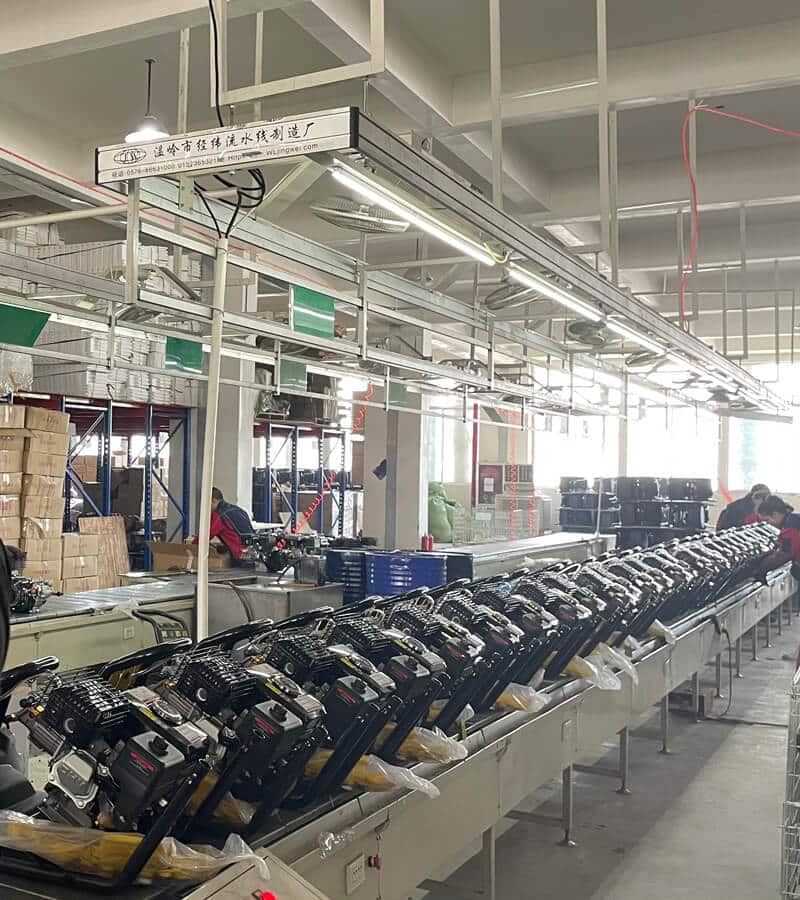
When choosing a generator, most people focus on wattage, fuel type, and noise levels. But there's another crucial factor many overlook—Total Harmonic Distortion (THD). If you've ever wondered why some generators seem to "fry" electronics or why your lights flicker when running on backup power, you're likely experiencing the effects of high THD.
In this article, we’ll explore what generator THD is, why it matters, how it affects your devices, and what to look for in a sound proof digital generator supplier to ensure clean and reliable power.
What Is Total Harmonic Distortion (THD)?
THD measures how much a power signal deviates from a perfect sine wave. Ideally, power should be smooth and consistent, but most generators—especially low-cost or poorly designed ones—produce waveforms with "distorted" shapes due to imperfections in the design and electrical load.
These distortions, known as harmonics, can cause major issues with your appliances and sensitive electronics.
Why Is Low THD Important?
Generators with high THD can result in:
- Overheating of equipment like transformers, motors, and cables
- Malfunctions in electronic devices such as computers, TVs, and medical equipment
- Interference in communication lines and control circuits
- Unstable power delivery, leading to data loss, erratic operation, and even fire hazards
Using a generator with low THD (preferably under 5%) is critical for maintaining system performance, reliability, and safety—especially when powering sensitive electronics.
What Causes Harmonic Distortion in Generators?
1. Source-related issues
No generator can produce a perfect sine wave. Design flaws in the rotor pole tips and winding irregularities can introduce distortion right from the source.
2. Load-related problems
Modern devices with non-linear loads (like LED lights, chargers, and variable speed drives) feed harmonics back into the generator, compounding distortion.
3. Impedance interaction
Harmonic currents flowing across system impedance generate harmonic voltages. This further distorts the waveform and reduces power quality.
How High THD Affects Portable Generators
Portable generators are especially vulnerable to high THD due to limitations in their Automatic Voltage Regulators (AVRs) and frequency governors. Excessive distortion can lead to:
- AVR malfunction, causing incorrect voltage output
- Speed fluctuation, from misreading waveform frequency
- Reduced load rating, due to overheating and mechanical stress
This makes it essential to select a sound proof digital generator supplier that prioritizes low THD designs.
Acceptable THD Limits for Equipment
Here are general THD limits based on IEEE standards:
- Sensitive electronics: < 5% voltage distortion
- Asynchronous motors: 1.5% to 3.5% current distortion
- Capacitors: Up to 83% current distortion with 30% overload
Always choose generators that comply with these ranges to protect your appliances.
How to Choose a Low THD Generator
✔ Power Output & Load Capacity
Ensure the generator can handle both your peak and continuous loads without compromising power quality.
✔ Generator Type
- Inverter generators offer the cleanest power with THD often <3%
- AVR-equipped models stabilize output
- Synchronous generators and hybrid systems are great for industrial use
✔ Portability & Noise
Look for lightweight and sound-insulated units from a trusted sound proof digital generator supplier to ensure quiet operation in residential areas.
✔ Fuel Efficiency & Runtime
Models with eco-mode, idle control, and larger tanks offer better efficiency and longer use.
✔ Safety & Protection Features
Must-haves include overload protection, surge suppression, and accurate voltage regulation.
Types of Low THD Generators
- Inverter Generators
- Use advanced electronics for ultra-clean power; best for laptops, TVs, and other sensitive devices.
- AVR Generators
- Maintain voltage stability, reducing risk of damage from voltage spikes or drops.
- Synchronous Generators
- Engineered for low distortion using advanced winding and core materials.
- Hybrid Generators
- Blend inverter and conventional designs for maximum flexibility and efficiency.
- Diesel Generators with THD Filters
- Best for heavy-duty, industrial applications needing clean and powerful energy.
FAQs About Generator THD
Q1: What is the importance of low THD generators?
Low THD ensures safe, reliable, and clean power output, which protects your equipment.
Q2: Can they protect sensitive electronics?
Yes, low THD generators significantly reduce the risk of damage to devices like computers, routers, and medical tools.
Q3: Do they improve equipment efficiency?
Absolutely. Cleaner power means devices run cooler, smoother, and with fewer malfunctions.
Q4: Are they compliant with regulations?
Yes, many low THD generators meet IEEE 519 and EPA standards for power quality.
Q5: What types of generators offer low THD?
Inverter generators, AVR units, synchronous models, hybrids, and filtered diesel units.
Q6: How can I reduce THD?
Use linear loads when possible, size your generator properly, and buy from a trusted sound proof digital generator supplier.
Conclusion
Total Harmonic Distortion is a silent killer of electronics and efficiency. Whether you're powering your home, job site, or RV, choosing a generator with low THD is crucial for protecting your investment and ensuring consistent performance.
Make sure to evaluate your power needs, understand the types of generators available, and buy from a reputable sound proof digital generator supplier who prioritizes clean power output.
With the right low THD generator, you can power confidently—quietly, safely, and efficiently.




Comments